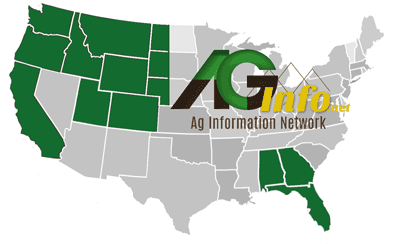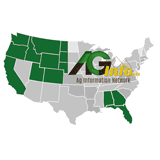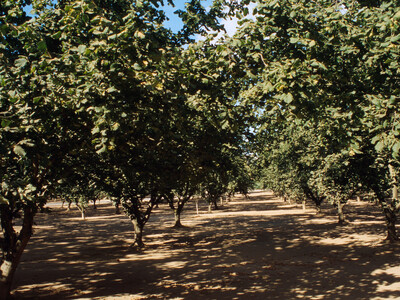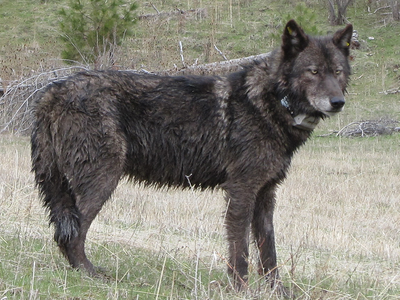EHV Awareness in California: Protecting Horses on the Move
Equine Herpesvirus, or EHV, is getting renewed attention after cases linked to major horse events in other regions. And with California’s busy horse world, veterinarians say it is a good time to revisit the basics. So we are breaking it down using the five Ws of journalism.Who is impacted?
Anyone who owns, trains, hauls, or competes with horses. California’s active circuits and racetracks mean lots of mixing and higher overall risk.
What should they watch for?
Fever, nasal discharge, cough, or a horse that just seems off. In more serious cases, neurologic signs like stumbling or weakness can appear. Isolate any horse with symptoms and call a veterinarian.
When should owners act?
As soon as something looks wrong. Early action helps limit spread.
Where does this matter most?
Boarding barns, showgrounds, racetracks, clinics, and shared trailers.
Why the concern?
EHV spreads easily, sometimes before signs appear, but good monitoring and barn biosecurity can prevent bigger problems.
For reliable updates, you are encouraged to visit equinediseasecc.org.

















